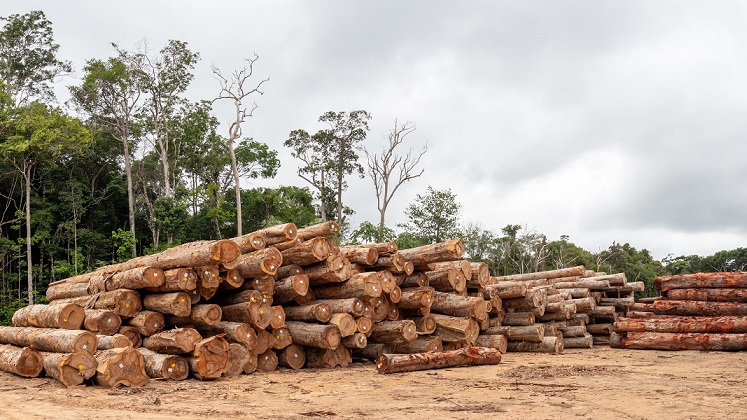 Over the past 65 years hurricanes may have cost Caribbean islands as much as 5.7 per cent of annual GDP, and climate change will only make things worse, writes Sebastian Acevedo.
Over the past 65 years hurricanes may have cost Caribbean islands as much as 5.7 per cent of annual GDP, and climate change will only make things worse, writes Sebastian Acevedo.
• Disponible también en español
Hurricanes are a fact of life in the Caribbean. Every year there are, on average, 12 storms that pass through the region, of which about half reach hurricane force winds (winds above 119 kilometers per hour). Hurricanes are the leading cause of natural disasters in the Caribbean, making the region one of the most vulnerable in the world. Yet, only 62 percent of disasters caused by hurricanes have recorded data on economic damages, as the information is difficult to collect.
Wind damage
In my new paper, I look at the relationship between maximum wind speeds and the damages hurricanes cause to estimate the missing data for the Caribbean, and to calculate the potential costs that climate change would have in the region. I find that damages in percent of GDP increase by about 3 percent with an increase in wind speed of 1 percent (see chart below).
Completing the missing data
The international disaster database (EM-DAT) shows that between 1950 and 2014 hurricanes caused 238 natural disasters in the Caribbean. Of those storms, the database only recorded damages for 148 hurricanes, which caused roughly $52 billion (in 2010 constant U.S. dollars) in damages. This is equivalent to an average of 1.6 percent of GDP in damages every year in each island.
My findings show that the remaining disasters could have caused damages of about 0.9 percent of GDP every year, bringing the average destruction of hurricanes to 2.5 percent of GDP a year (see chart below).
Even then, this figure might still underestimate the costs of hurricanes in the Caribbean, given the number of under reported disasters in the 1950s and 1960s and the restrictive classification for defining a disaster. So, if we assume that all storms with hurricane strength winds that passed within 60 miles of the islands caused damages (a total of 335 storms including the 238 disasters), the average island in the sample would have sustained annual damages of 5.7 percent of GDP over the past 65 years.
Climate change costs
Climate change is expected to increase the intensity of hurricanes, as warmer sea surface temperatures will create the right environment for large storms to form and strengthen. If temperatures were to increase by 4.3°C by 2100 (Intergovernmental Panel on Climate Change scenario RCP8.5), then average damages in the Caribbean would increase by about 34 percent as the frequency of the most intense storms would increase. Even if temperatures were to increase only by about 3°C by the end of the century, which is close to what the November 2016 Paris Agreement on Climate Change would achieve without further target increases according to independent experts, the increase in damages would still be close to 24 percent.
More needs to be done
Given the large costs that hurricanes already cause in the Caribbean and the potential for significant increases in damages with climate change, it is important for governments to take more actions to be better prepared. They will need to implement soft adaptation measures, such as improved early warning systems and better building codes, as well as hard adaption measures, such as investments in resilient infrastructure. Governments will also need to build fiscal buffers to cover the recurrent costs of disasters, and insurance (for example, the Caribbean Catastrophe Risk Insurance Facility) will also be crucial to spread risks.
Notes:
• The views expressed here are of the authors and do not reflect the position of the Centre or of the LSE
• This article is based on IMF Working Paper 16/199 and first appeared at iMFdirect.
• Featured-image credit: crop of US Navy (public domain)
• Please read our Comments Policy before commenting
 Sebastian Acevedo – International Monetary Fund
Sebastian Acevedo – International Monetary Fund
Sebastian Acevedo is an economist in the IMF’s Western Hemisphere Department, and works on the Ecuador desk. At the IMF his work on the Caribbean has covered topics related to natural disasters, economic growth, productivity, tourism, debt, and exchange rate regimes, with a particular focus on small islands.






